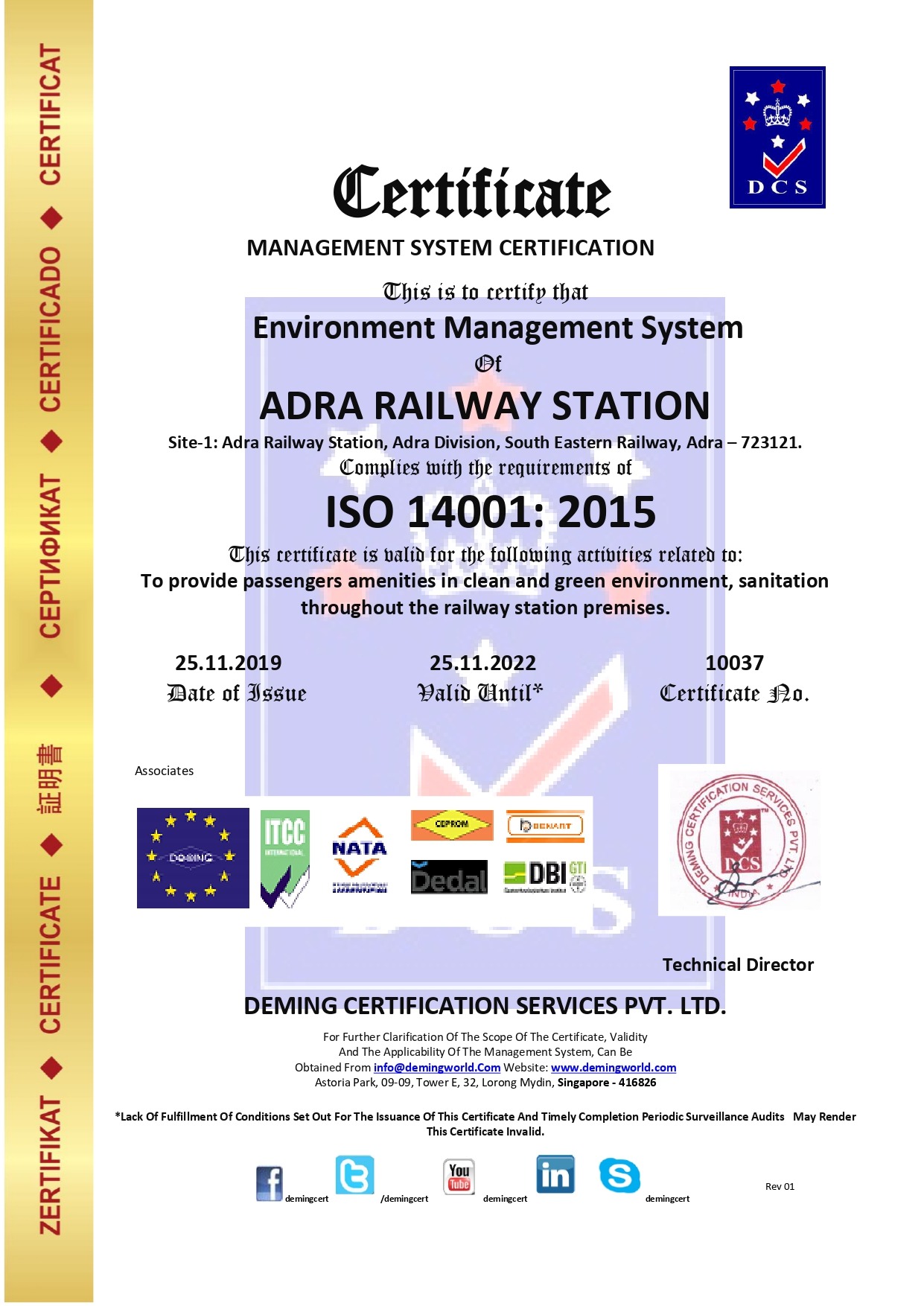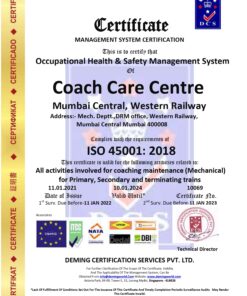Sale!
ISO 14001:2015 Environmental Management System
Original price was: ₹14,000.00.₹7,000.00Current price is: ₹7,000.00.
ISO 14001:2015 is an internationally recognized standard for environmental management systems (EMS). It provides a framework that organizations can follow to establish an effective environmental management system, helping them to minimize their environmental footprint, comply with environmental regulations, and continuously improve their environmental performance.
Here are some key elements and requirements of ISO 14001:2015:
### Context of the Organization
– Understanding the organization’s context and interested parties
– Determining the scope of the EMS
### Leadership
– Top management commitment to the EMS
– Establishing an environmental policy
– Assigning roles, responsibilities, and authorities
### Planning
– Identifying environmental aspects and impacts
– Legal and other requirements related to environmental aspects
– Setting environmental objectives and targets
### Support
– Resources (human, technical, financial)
– Competence, awareness, and training
– Communication
– Documented information (procedures, records)
### Operation
– Operational planning and control
– Emergency preparedness and response
– Outsourcing and procurement
### Performance Evaluation
– Monitoring and measurement of key performance indicators
– Internal audits
– Management review
### Improvement
– Nonconformity and corrective action
– Continual improvement
#### Benefits of Implementing ISO 14001:2015:
1. **Environmental Performance Improvement**: Helps organizations to identify and reduce their environmental impacts.
2. **Compliance Assurance**: Ensures compliance with environmental laws and regulations.
3. **Cost Savings**: Efficient resource use can lead to cost savings.
4. **Enhanced Reputation**: Demonstrates commitment to environmental responsibility to stakeholders.
5. **Competitive Advantage**: Certification can provide a competitive edge in the marketplace.
#### Certification Process:
1. **Gap Analysis**: Assess current practices against ISO 14001 requirements.
2. **Implementation**: Develop and implement the EMS.
3. **Internal Audit**: Conduct internal audits to ensure compliance.
4. **Certification Audit**: External certification body audits the EMS.
5. **Maintain and Improve**: Continuously monitor and improve the EMS.
Implementing ISO 14001:2015 requires commitment from top management, involvement of employees at all levels, and a systematic approach to environmental management. It’s not just about getting certified but about integrating environmental considerations into the core business processes and culture of the organization.










Reviews
There are no reviews yet.